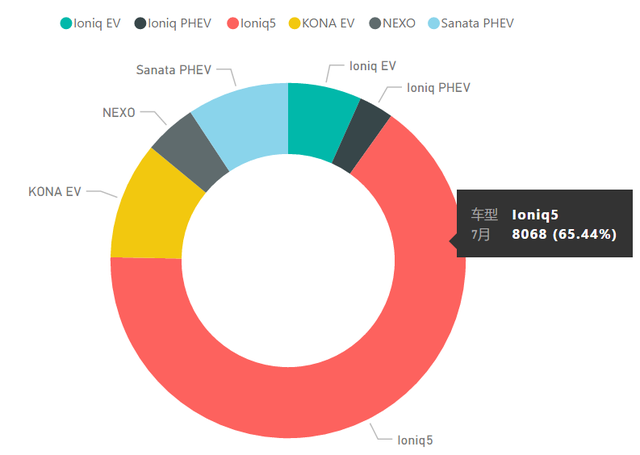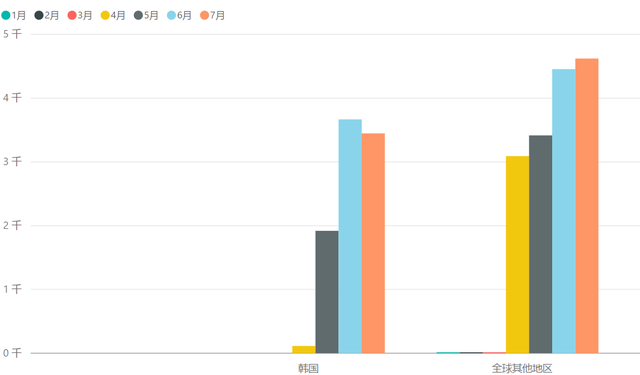ID.3’s First Global Fire Incident Review in Europe
ID.3 caught fire in Groningen, the Netherlands for the first time, and the fire was quite large. What I want to say is that if you have paid attention to the hidden dangers buried by LG in the NCM622 route from 2016 to 2019, then this accident was a matter of time, and this problem seems to have no answer in the short term.
With the increase in the number of pure electric vehicle models in Europe, how will the foreign market with particularly low tolerance educate battery companies to put safety first? It is worth noting that Hyundai is also gradually increasing the proportion of SK batteries, and the sales of Ioniq 5 in July hit a new high. Today, taking advantage of the ID.3 fire, let’s talk about LG batteries and the SK batteries chosen by Hyundai.
Last Saturday morning, a fire broke out in Groningen, the Netherlands. This is the first fire accident of Volkswagen’s pure electric vehicle model ID.3 globally. The car owner is a mother who parked the car at the intersection near Helper Brink, was about to leave when the vehicle suddenly smoked. She promptly rescued the child from the car. When the firefighters arrived, the fire was already several meters high. The firefighters used two high-pressure water cannons to extinguish the fire, but failed to stop the car from burning completely. An electric car behind it (a LEAF, completely the literal meaning of “caught up in the fire”) was affected. Currently, the cause is being investigated, and the fire zone has been sealed off by the police. The rescue company towed away two severely damaged vehicles.
The ID.3 is based on the MEB platform configured with LG batteries. After this accident, it will inevitably trigger a new round of questioning about the safety of LG batteries.
The easy points to criticize in this accident are:
The vehicle was not charging;
The vehicle was in a stopped state;
There were children in the back seat (fortunately, the car owner mother immediately rescued them successfully when she saw smoke coming out).The biggest crisis LG is facing now is that its large-scale energy storage systems for utility have been recalled, and small-scale energy storage systems for individuals have also experienced a recall. In the field of power batteries, Hyundai and General Motors have both issued recalls, and now Volkswagen’s first ID.3 in Europe has caught fire. As the ID series sells very quickly, and with the rapid increase in the number of vehicles owned, it is worth paying attention to the subsequent developments of this incident.
In previous articles, the biggest difference between the European and Chinese versions of LG batteries was in the design of thermal runaway protection. In Europe, due to the lack of regulatory requirements, there was almost no protection in the design of soft pack modules, as shown in the figure below; the upper cover is simply an entire aluminum stamping plate. The Chinese version has done a lot of design work to delay the time of ignition.
In terms of soft pack module design, both the European and Chinese versions have almost no fire prevention design. However, to meet the thermal runaway requirements of China’s standards, the Chinese version uses a mica material heat-insulating board above the module’s plastic cover.
Hyundai sold 12,328 new energy vehicles worldwide in July, including 10,210 pure electric vehicles, 1,532 PHEVs, and 586 fuel cell vehicles. In 2021, a total of 61,300 units were sold, including 46,318 pure electric vehicles, 9,253 plug-in hybrids, and 5,721 fuel cell vehicles.
Looking at the overall proportion, Hyundai’s sales volume relies mainly on the Ioniq5, a stylish 800V pure electric vehicle that has good demand in both Europe and Korea. It has been basically unaffected by the Kona EV recall incident.
In terms of delivery, there is still a certain production capacity bottleneck for Ioniq 5, but it has slowly climbed to 8,000 units. Currently, this car has actually been sold for 4 months, and 24,737 units have been delivered, including 9,147 units in Korea and 15,590 units worldwide. This data is very good for a relatively expensive 800V model. If this continues, it is estimated that it will exceed 70,000 units this year, and is expected to be around 75,000 units.

We will continue to observe the performance of KIA’s EV6, and if the continuous increase in 800V models is effective, there is a high possibility that it will cause a major change. What I am interested in is the safety design that SK has done on this fast charging core. Since SK’s design is based on its expensive diaphragm, this technology may enhance the safety redundancy of the core.
Summary: In terms of safety issues, LG in Korea is the most aggressive, and has achieved positive results in seeking project to expand production around the design of rapid cost reduction. However, historical legacy issues will bring great challenges. Imagine that if electric vehicles in Europe also experience a period of “continuous fighting” like us in China, the importance of battery safety design may be put on the agenda earlier. Will Europe also promote lithium iron phosphate batteries on a large scale like China when the time comes? We can carefully speculate on this issue.
In the current market, everyone faces the same problem and needs to quickly reduce costs and increase the penetration rate of electric vehicles in the market.
This article is a translation by ChatGPT of a Chinese report from 42HOW. If you have any questions about it, please email bd@42how.com.